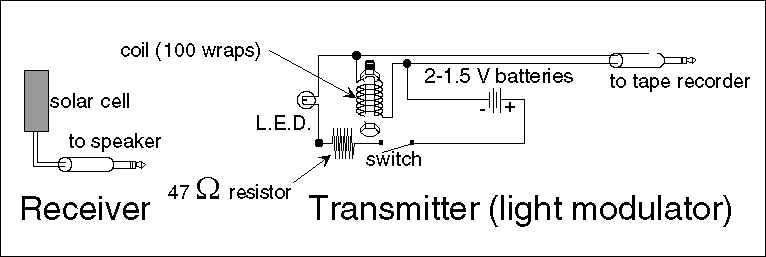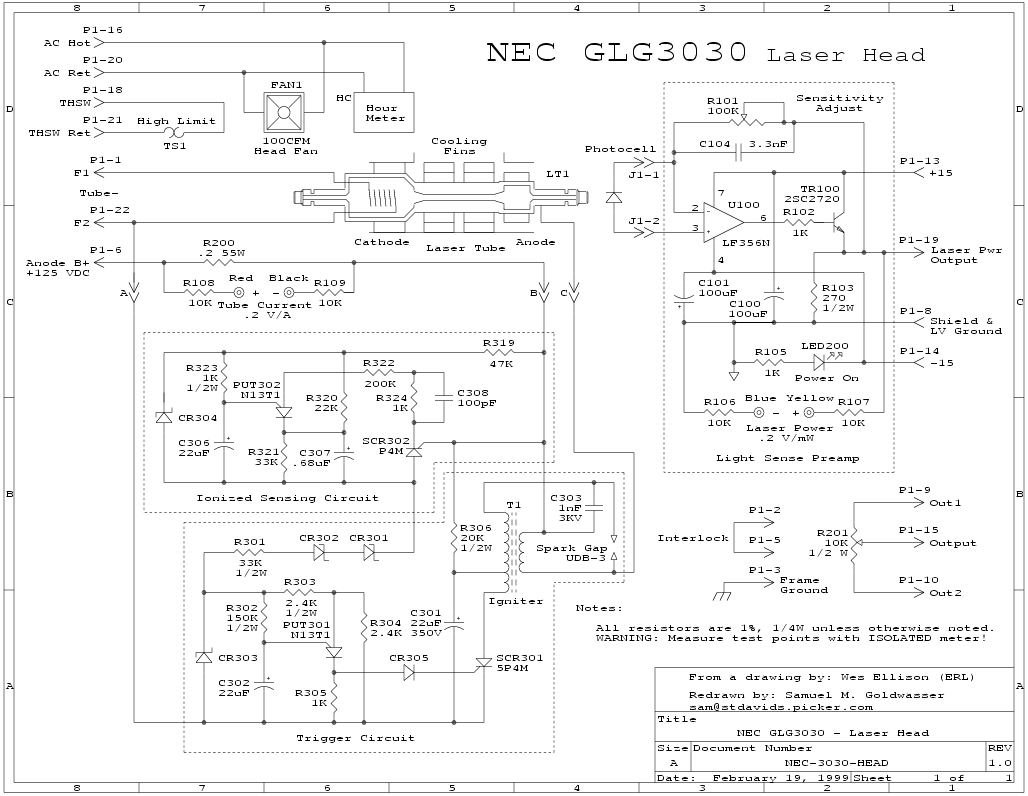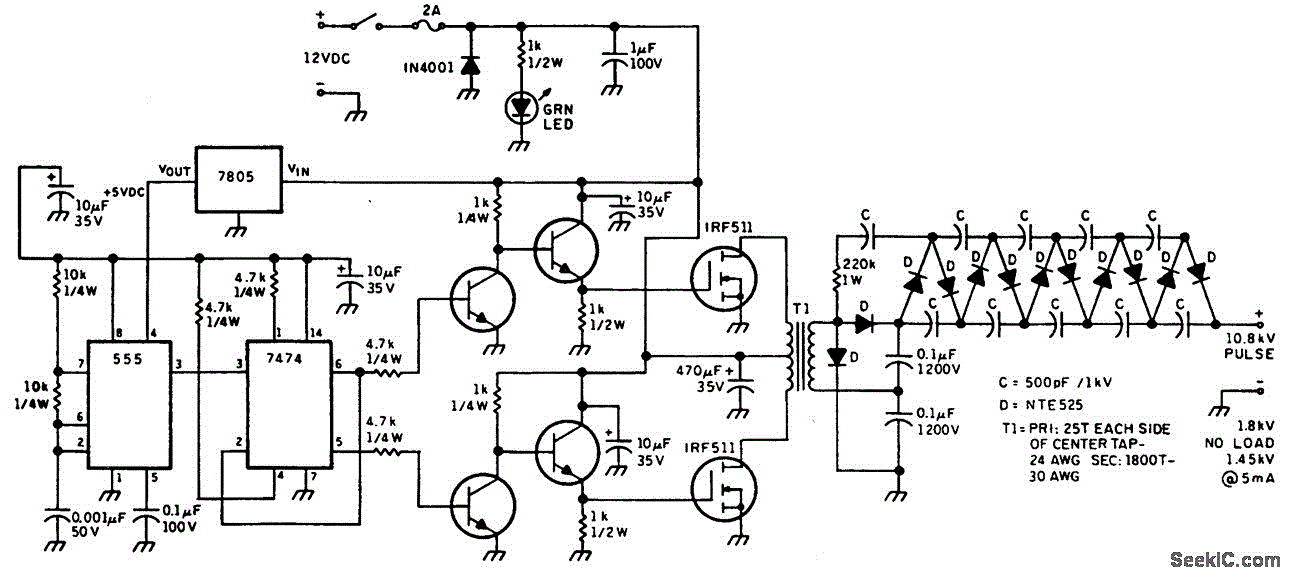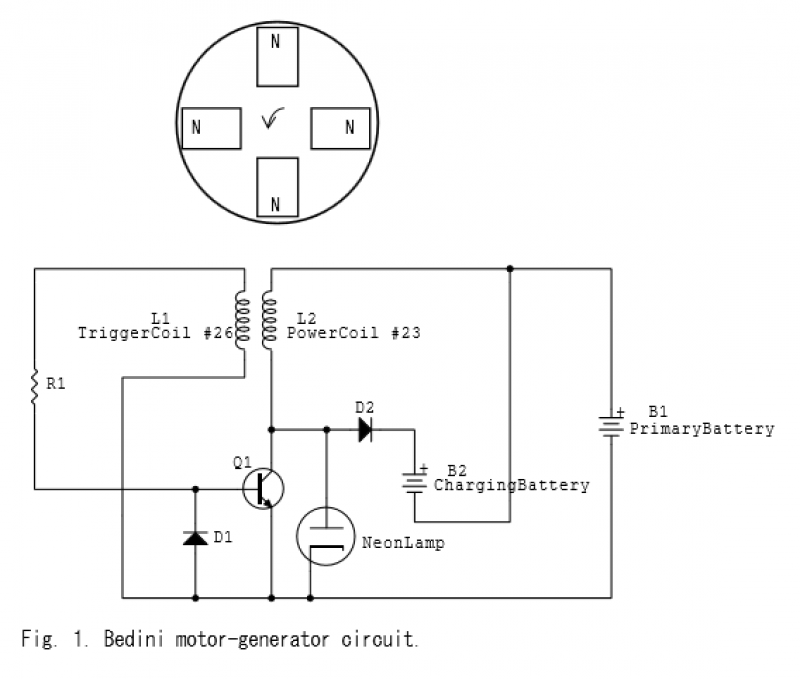
Lesson Plan for Modulated Laser Laboratory

Electromagnetic radiation is utilized in communication systems. Common forms of electromagnetic radiation include radio waves, microwaves, and television signals. Visible light, which is also a type of electromagnetic radiation, can be employed for signal transmission, leading to the development of fiber optics technology. A detailed discussion of this laboratory can be found in the Exploratorium Science Snackbook. Modifications have been made to the Snackbook's "modulated laser" experiment by replacing a flashlight bulb with a light-emitting diode (LED). The use of an LED allows for a cleaner signal due to its directional polarity; proper connection of positive and negative leads is essential for functionality. In this laboratory, sound will be converted into electrical pulses, which will then cause rapid fluctuations in the brightness of a flashlight bulb. This light can be transmitted through the air or via fiber optics to a solar cell, where it is converted back into electrical pulses. These pulses will be sent to an amplified speaker, which will reproduce the sound. The apparatus is depicted in figure 1. The induction coil functions as a short circuit for the direct current from the battery, allowing current to flow through the coil and illuminate the lamp when the flashlight is activated. Conversely, the induction coil acts as an open circuit for the alternating current from the tape player, causing the electrical pulses intended for the headphones to flow through the flashlight bulb. The "sound vibrations" recorded on the tape are converted into electrical vibrations, resulting in rapid fluctuations in the brightness of the flashlight bulb. These fluctuations are detected by the solar cell and transformed into electrical pulses, which are amplified by the speaker or tape recorder and converted back into sound. It is important to note that laser beams, radio waves, and flashlight beams are all forms of electromagnetic waves, distinct from sound waves. In this experiment, these electromagnetic waves are modulated to carry the patterns of the sound waves.
In this experimental setup, the primary components include an LED, a flashlight bulb, an induction coil, a solar cell, and an amplified speaker. The LED serves as the light source for modulating the sound signal, offering advantages over traditional incandescent bulbs due to its efficiency and directional properties. The induction coil plays a crucial role in managing the flow of current, enabling the conversion of sound waves into electrical signals and vice versa.
The process begins with the conversion of sound into electrical pulses using a microphone connected to the tape player. These electrical pulses modulate the LED's brightness, creating variations in light intensity that correspond to the sound waves. The light emitted by the LED is then transmitted through air or fiber optics to a solar cell, which captures the light and converts it back into electrical pulses.
The solar cell's output is fed into an amplifier, which enhances the signal strength before sending it to a speaker. The speaker then reproduces the original sound, completing the cycle of conversion from sound to light and back to sound. This method demonstrates the principles of communication via electromagnetic radiation, showcasing the versatility and effectiveness of using light for signal transmission in modern technology.
The experiment also illustrates the fundamental concepts of modulation and demodulation, essential for understanding how information can be transmitted over various mediums. The ability to manipulate electromagnetic waves for communication purposes is a key aspect of contemporary electronics and telecommunications.Electromagnetic radiation is used in communication. You are more familiar with radiowaves, microwaves, and TV signals. Visible light is also electromagnetic radiation and can be used to transmit a signal. It is a whole new technology called fiber optics. A discussion of this laboratory can be found in the Exploratorium Science Snackbook. We have m odified the snackbook`s "modulated laser" by substituting an LED (light emitting diode) for a flashlight bulb. By using an LED instead of a flashlight bulb, we can get a cleaner signal. Unlike incandescent light bulbs, the LEDs have a directional polarity. You must connect the positive and negative leads to them correctly, or they will not work. In this laboratory, you will convert sound into electrical pulses. The electrical pulses will be converted into rapid fluctuation in the brightness of a flashlight bulb.
This light will be transmitted through the air or fiber optics to a solar cell and converted back into electrical pulses. The electrical pulses will be fed into an amplified speaker and turned back into sound. The apparatus is shown in figure 1. "The induction coil acts as a short circuit for the direct current from the battery. As a result, when the flashlight is turned on, current flows through the coil and the lamp is lit. The induction coil acts as an open circuit for the alternating current from the tape player. As a result, the electrical pulses that would power the headphones must flow through the flashlight bulb.
The "sound vibrations" recorded on the tape are transformed into electrical vibrations that produce rapid fluctuation in the brightness of the flashlight bulb. These fluctuations are picked up by the solar cell and are turned into electrical pulses, which are amplified by the speaker or tape recorder and turned back into sound.
Laser beams, radiowaves, and flashlight beams are electromagnetic waves, not sound waves. In this Snack, these electromagnetic waves are modulated to carry the pattern of the sound waves. 🔗 External reference
In this experimental setup, the primary components include an LED, a flashlight bulb, an induction coil, a solar cell, and an amplified speaker. The LED serves as the light source for modulating the sound signal, offering advantages over traditional incandescent bulbs due to its efficiency and directional properties. The induction coil plays a crucial role in managing the flow of current, enabling the conversion of sound waves into electrical signals and vice versa.
The process begins with the conversion of sound into electrical pulses using a microphone connected to the tape player. These electrical pulses modulate the LED's brightness, creating variations in light intensity that correspond to the sound waves. The light emitted by the LED is then transmitted through air or fiber optics to a solar cell, which captures the light and converts it back into electrical pulses.
The solar cell's output is fed into an amplifier, which enhances the signal strength before sending it to a speaker. The speaker then reproduces the original sound, completing the cycle of conversion from sound to light and back to sound. This method demonstrates the principles of communication via electromagnetic radiation, showcasing the versatility and effectiveness of using light for signal transmission in modern technology.
The experiment also illustrates the fundamental concepts of modulation and demodulation, essential for understanding how information can be transmitted over various mediums. The ability to manipulate electromagnetic waves for communication purposes is a key aspect of contemporary electronics and telecommunications.Electromagnetic radiation is used in communication. You are more familiar with radiowaves, microwaves, and TV signals. Visible light is also electromagnetic radiation and can be used to transmit a signal. It is a whole new technology called fiber optics. A discussion of this laboratory can be found in the Exploratorium Science Snackbook. We have m odified the snackbook`s "modulated laser" by substituting an LED (light emitting diode) for a flashlight bulb. By using an LED instead of a flashlight bulb, we can get a cleaner signal. Unlike incandescent light bulbs, the LEDs have a directional polarity. You must connect the positive and negative leads to them correctly, or they will not work. In this laboratory, you will convert sound into electrical pulses. The electrical pulses will be converted into rapid fluctuation in the brightness of a flashlight bulb.
This light will be transmitted through the air or fiber optics to a solar cell and converted back into electrical pulses. The electrical pulses will be fed into an amplified speaker and turned back into sound. The apparatus is shown in figure 1. "The induction coil acts as a short circuit for the direct current from the battery. As a result, when the flashlight is turned on, current flows through the coil and the lamp is lit. The induction coil acts as an open circuit for the alternating current from the tape player. As a result, the electrical pulses that would power the headphones must flow through the flashlight bulb.
The "sound vibrations" recorded on the tape are transformed into electrical vibrations that produce rapid fluctuation in the brightness of the flashlight bulb. These fluctuations are picked up by the solar cell and are turned into electrical pulses, which are amplified by the speaker or tape recorder and turned back into sound.
Laser beams, radiowaves, and flashlight beams are electromagnetic waves, not sound waves. In this Snack, these electromagnetic waves are modulated to carry the pattern of the sound waves. 🔗 External reference





